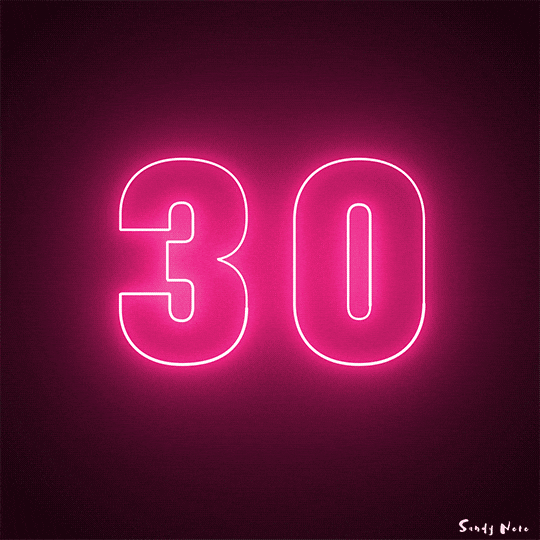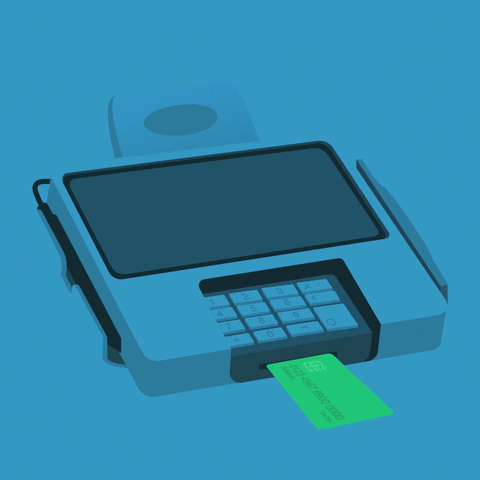Credit Part 3: Factors that affect your credit
- shadayturner
- Jan 13, 2020
- 4 min read
Updated: Feb 10, 2020
Hey folks! Alas, we have come to the end of this three part series. So far we've discussed: What credit is and its importance, as well as How to start building credit for the newbies. Today I'll be teaching you guys about Factors that affect credit: payment history , credit age, and credit utilization.
Let's start with payment history. As you could have guessed by the name, payment history is your track record of timeliness or tardiness. Lenders look at this to see how well you manage money, A history of late payments and consequently, late fees. shows lenders that you will be irresponsible with their money. As we discussed in the last post, getting dinged on your credit will lead to less borrowing options and higher interest rates. Payment history accounts for approximately ~35% of your credit score. This means that one or two late payments won't kill you, but who wants to dish out upwards of $50 for late fees for one single bill? One practical way of getting around this is by automating your payments (having them taken out of your account on or prior to the due date). In doing this, you can forget about your bills in a sense. Of course, doing this poses a risk of its own. The dreaded overdraft fee. If you automate your bills, be sure to have a rough estimate of when your bills are due and how much they are, this way you can ensure there is enough to cover each bill.

Next up is credit utilization. This portion of your credit report accounts for about 30% of your credit score. That's almost a third of your score, so needless to say, pay attention to this area. Credit utilization is the ratio of your credit limit (how much you are allowed to borrow) to credit usage ( how much you actually owe). So let's say you have 2 credit cards. One with a $500 limit and another one with $250. You’re line of credit/credit limit is $750. So if for some off reason you wanna use 100% of your credit limit (which a terrible idea and will definitely take away from your credit score), you would max out your limit on both cards. But because you know better, you will spend about $150 on the higher credit card and $75 on the other one. This will amount to $225, which is 30% of your overall credit limit. Though some people will say you should stay below 30%,my personal rule is 10%. In aiming for no more than 10% of my credit limit( $75 as opposed to $225), my credit card debt stays manageable. $75 out of my paycheck, is much more appealing than $225. The magic trick in finding out how much credit utilization is right for you, is finding the amount you can pay in full each month without needing to rely on your credit card the following month.Finding this number and avoiding throwing your money at the banks via interest (which you do when you carry credit balance from month to month), will save you a small fortune, and work wonders for your credit score.

Finally, we have: age of credit. Simply put, this refers to how much old vs new credit you have. Lenders want to see consistency. In having long term accounts, that you keep in good standing, you show lenders that you are in for the long run. Anyone can have amazing spending habits for the first two months or so, but after a while, your credit limit has increased and you go crazy with the cards.Having accounts in good standing for longer periods of time shows lenders that this is not you, their money is safe with you. It's the equivalent of having a long history with a company on your resume, vs changing jobs every few months. The latter option raises red flags in the minds of potential employers, much like having tons of new credit raises red flags in the minds of potential lenders. Fortunately though, this only accounts for about 10% of your entire credit score, so no need to worry there. Also, if your'e just starting to build credit, its okay to open new accounts, just be sure to keep them open for at least six months to a year, and don't apply for a thousand credit cars or loans all at once. That seems sketchy.

Last, and definitely least: type of credit. This portion, though the least of the four, warrants a bit of discussion. As you might have guessed, type of credit refers to the different lenders you have. Mixing it up a bit will definitely boost your credit score somewhat, but it wont destroy your credit if you don't. I say this to say, don't go taking out loans you don't need for the sake of diversifying your report. Let's say your'e looking to buy a car, and you can afford to buy it used, in cash. Take that option, as opposed to buying something out of your price range, with a car note, for the sake of mixing it up. As life progressed, you're naturally going to diversify your report, so keep it mind, but don't borrow in excess for the sake of it.

Ouuff, that was mouthful. So, now that we have discussed the factors that affect your FICO score, I will just do a quick wrap up.
1. On time payments are your friend, try to pa your balances in full each month. Keeping a low balance makes this much easier to do.
2. Use as little of your credit limit as possible, this ties into tip #1. This shows that you understand that credit is not just "free money" and something you have to pay back, sooner than later.
3. Age of credit is important, try to keep your accounts open for at least six months.
4. Mix it up, try to have a mix of credit: credit cards, auto loans, mortgage, student loans. But by no means, should you take out credit just for the sake of spicing things up.
As always,
Peace and Blessings
-Shaday
Comments